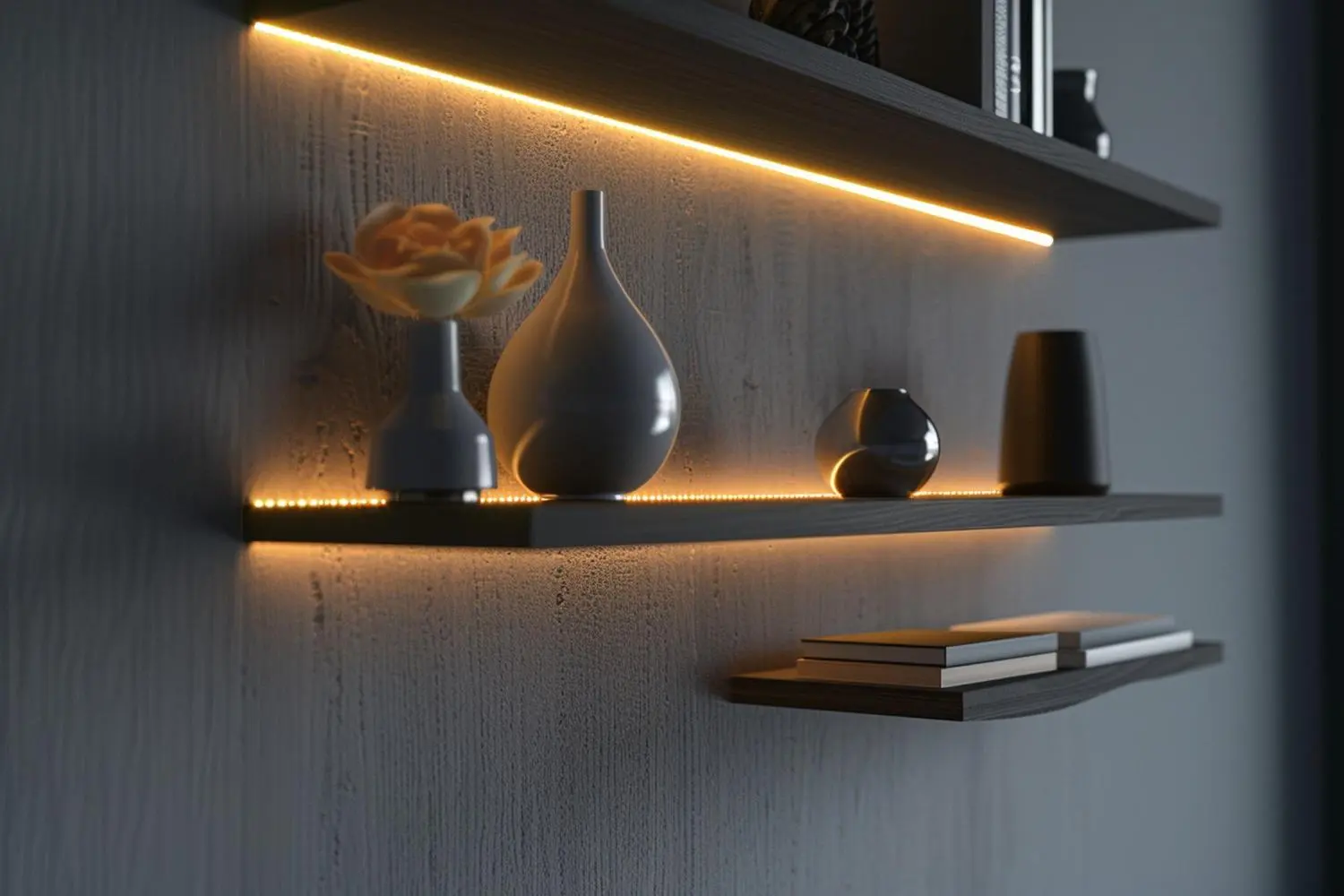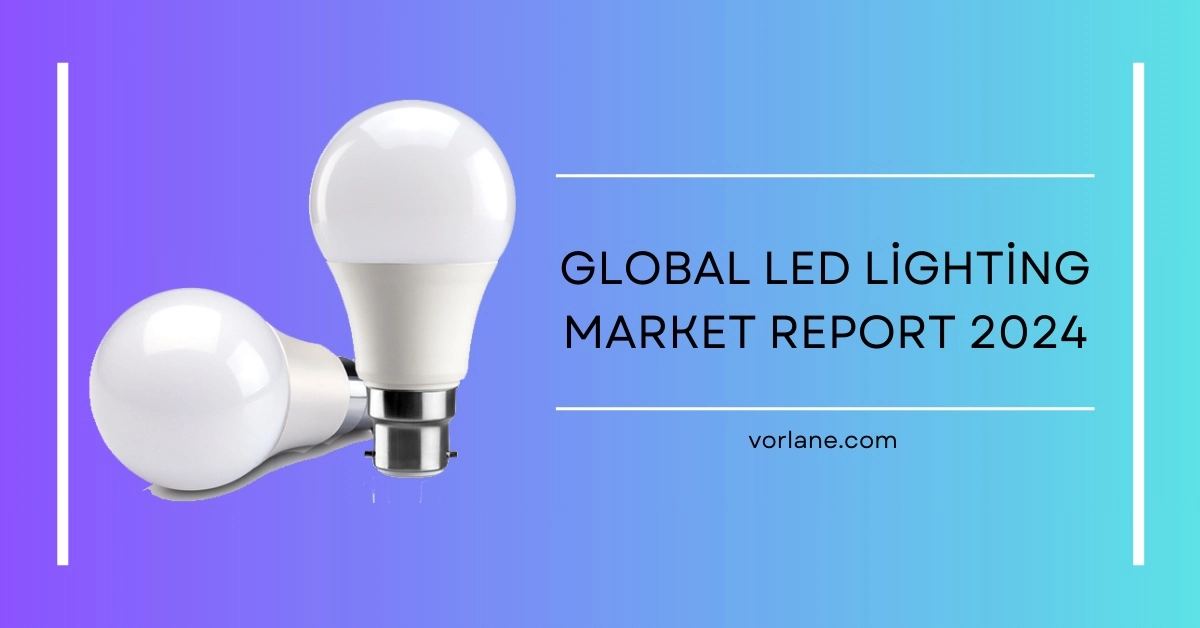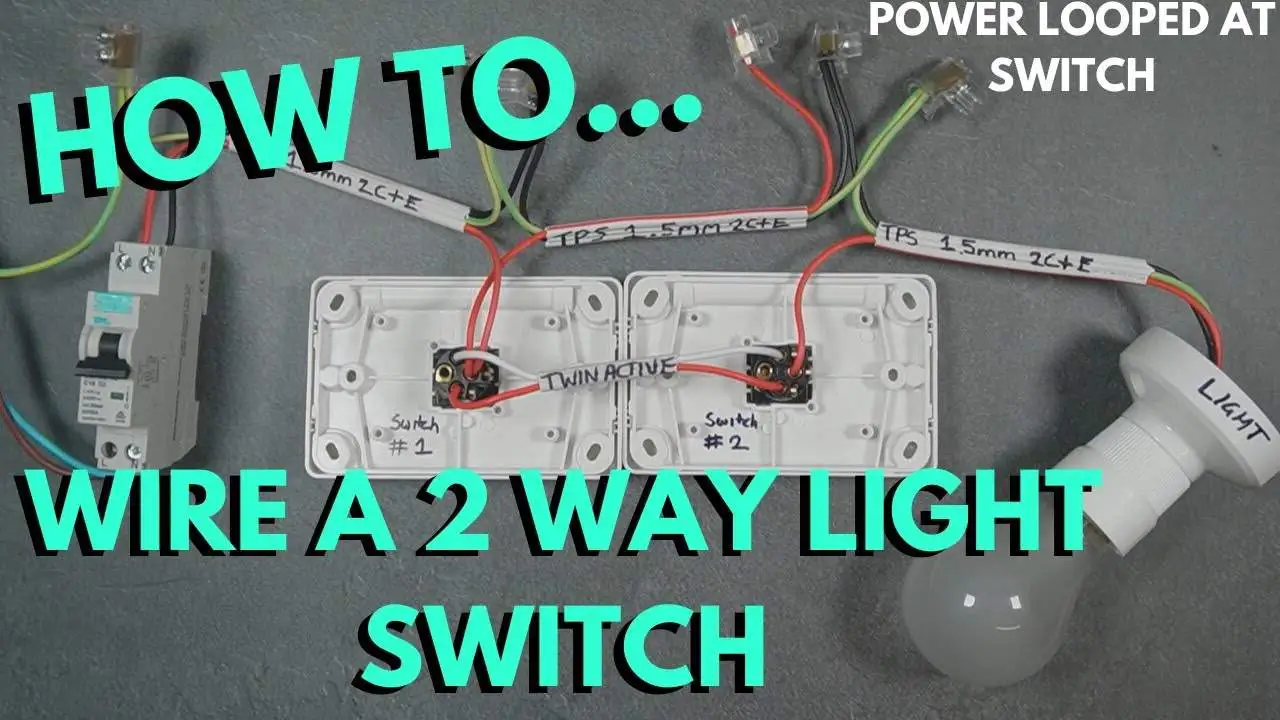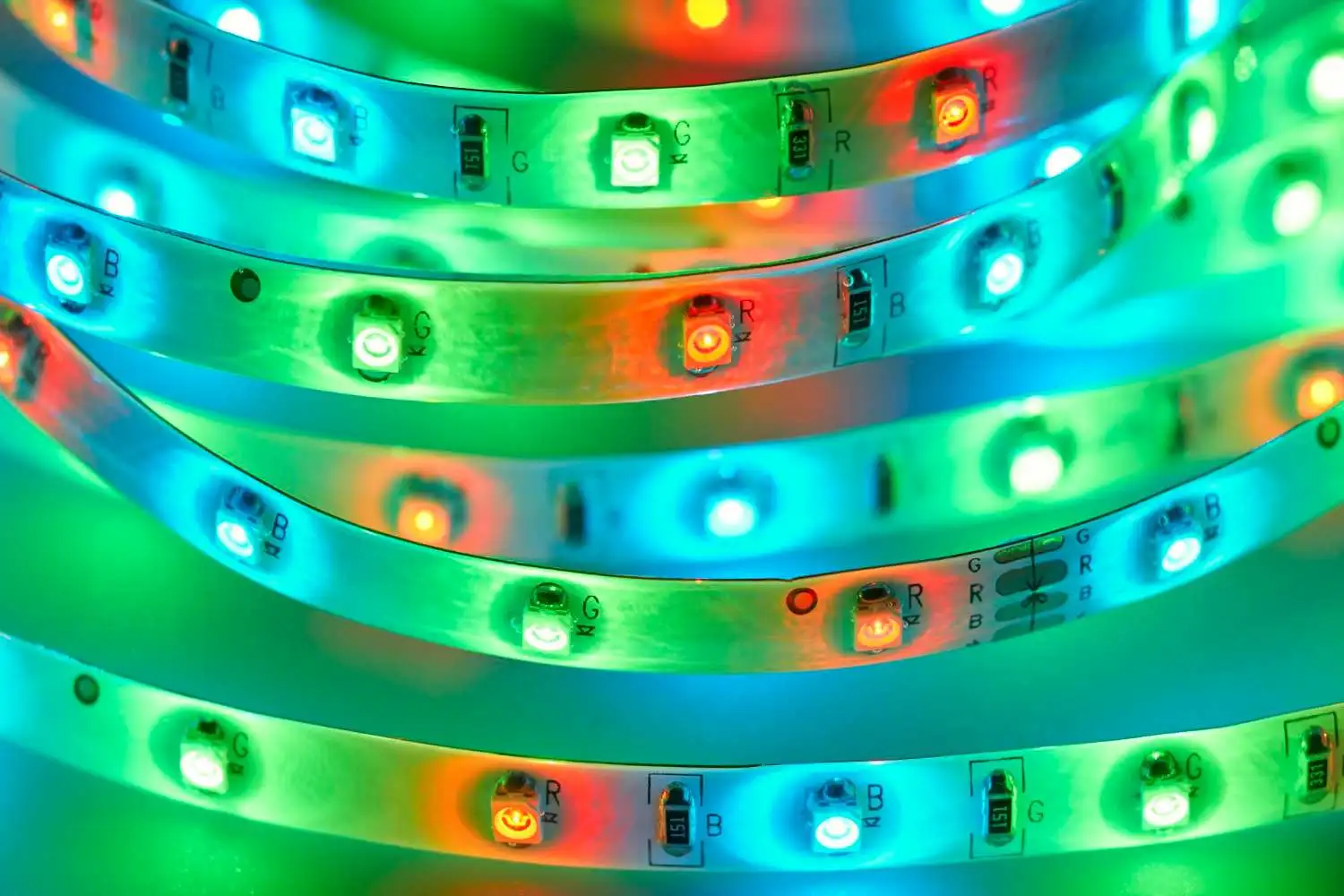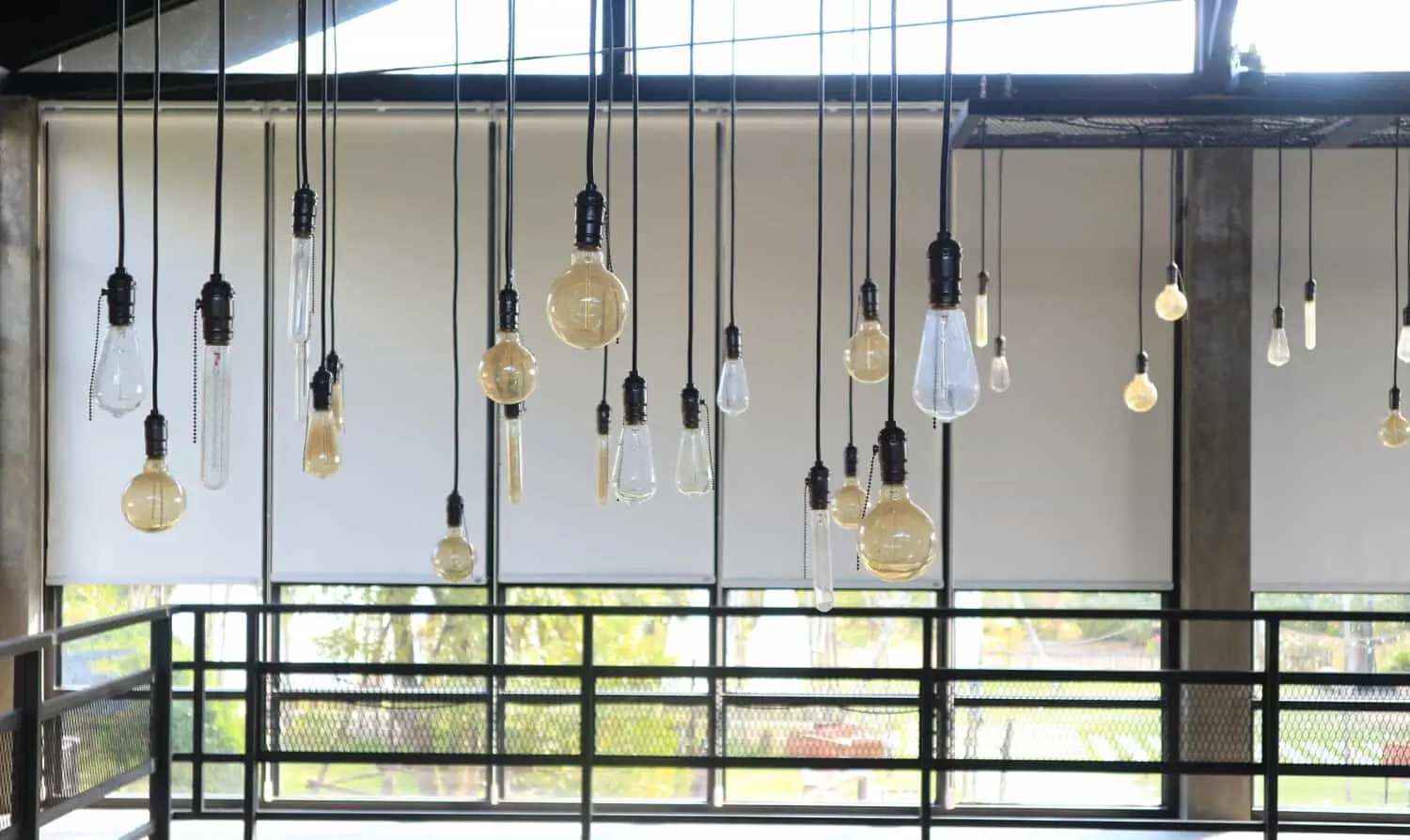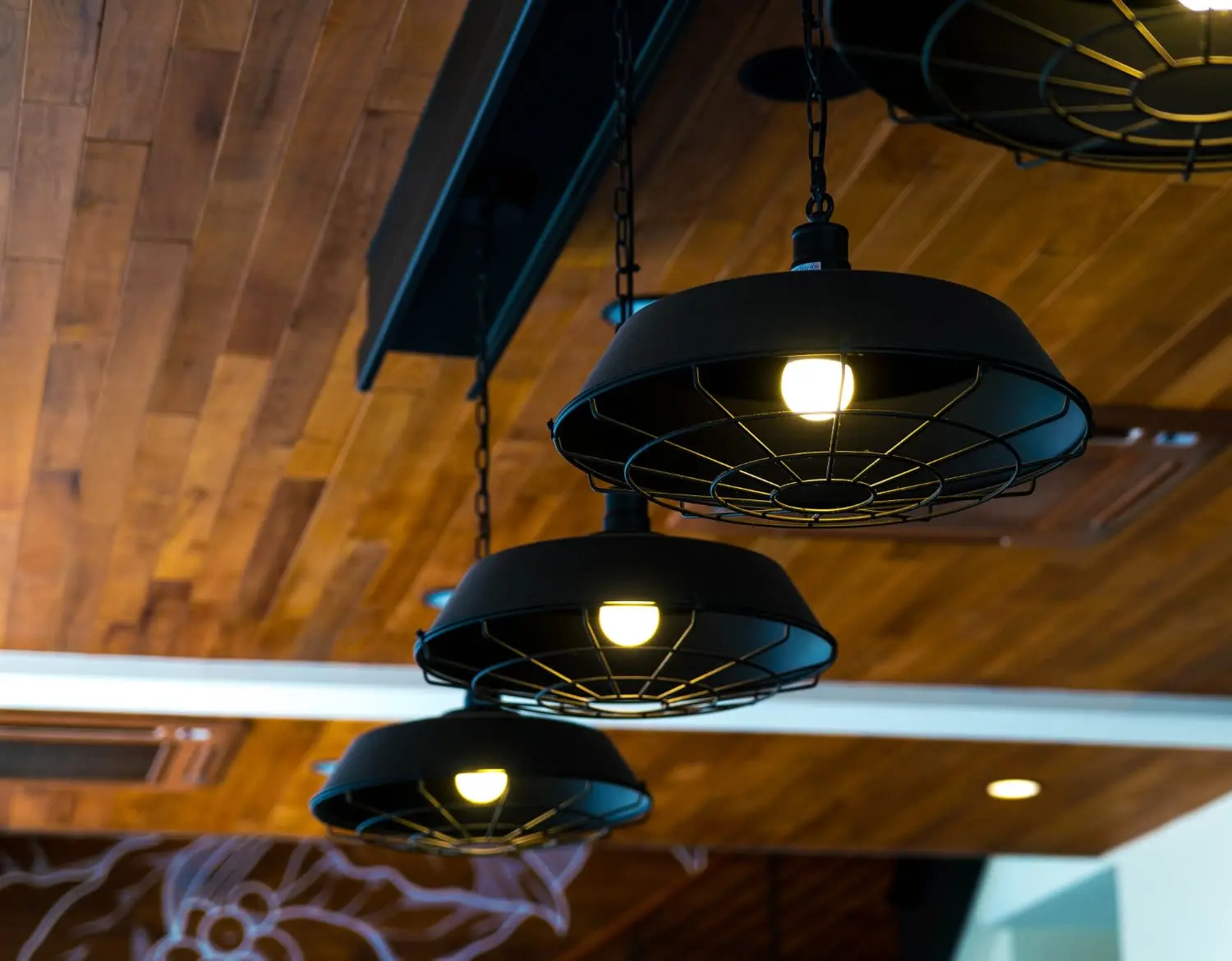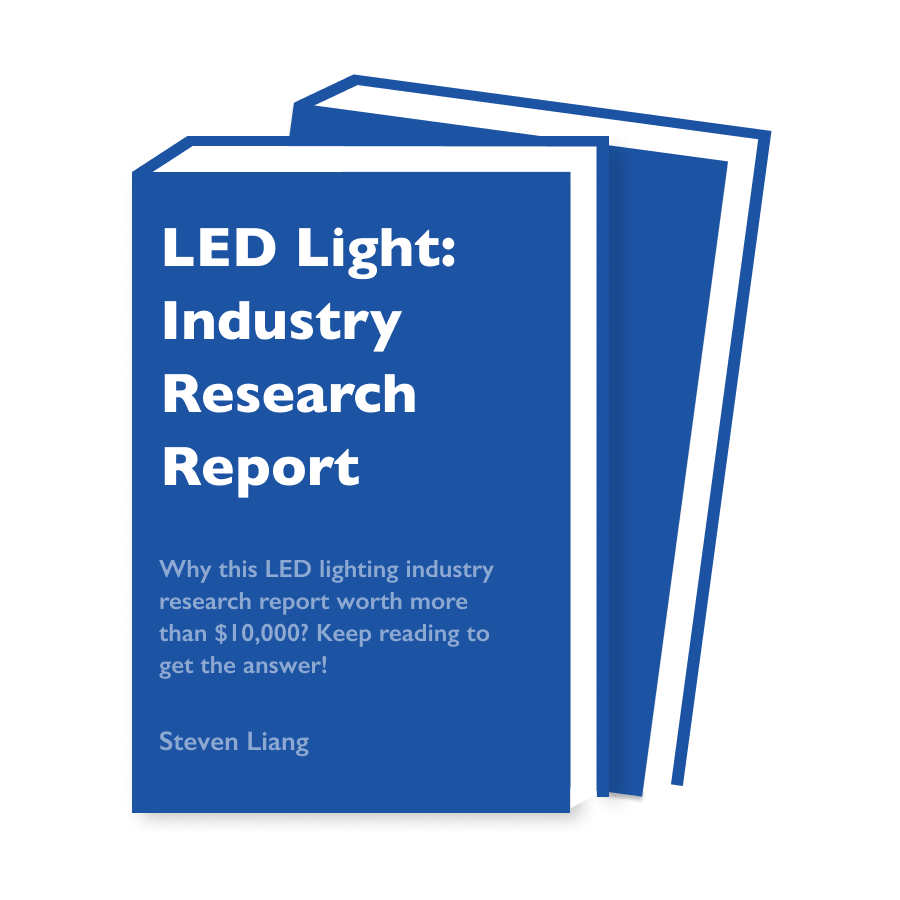Are you looking for a comprehensive guide to wholesale LED grow lights? With so many options on the market, it can be difficult to determine which option is best for your needs.
In this guide, we’ll break down everything you need to know about these lights, from what they are to how to choose the right one for your business. We’ll also provide tips on how to get the most out of your purchase.
So keep reading to learn more!
What are LED Grow Lights?
LED grow lights are artificial light sources that can be used instead of sunlight to help promote the growth and development of plants. They are designed to emit specific colors and frequencies that give the appropriate amount of light needed by a particular plant.
LED technology has made it possible to produce light in specific wavelengths that promote photosynthesis and the growth of healthy plants. Unlike traditional Grow Lights, LEDs have no burning elements inside them which makes them much safer for indoor gardening applications.
Additionally, LEDs produce less heat compared to other types of grow lights which makes them great for indoor gardens where space is limited. LED Grow Lights also consume significantly less energy, making them a more cost-effective option than traditional lighting solutions.
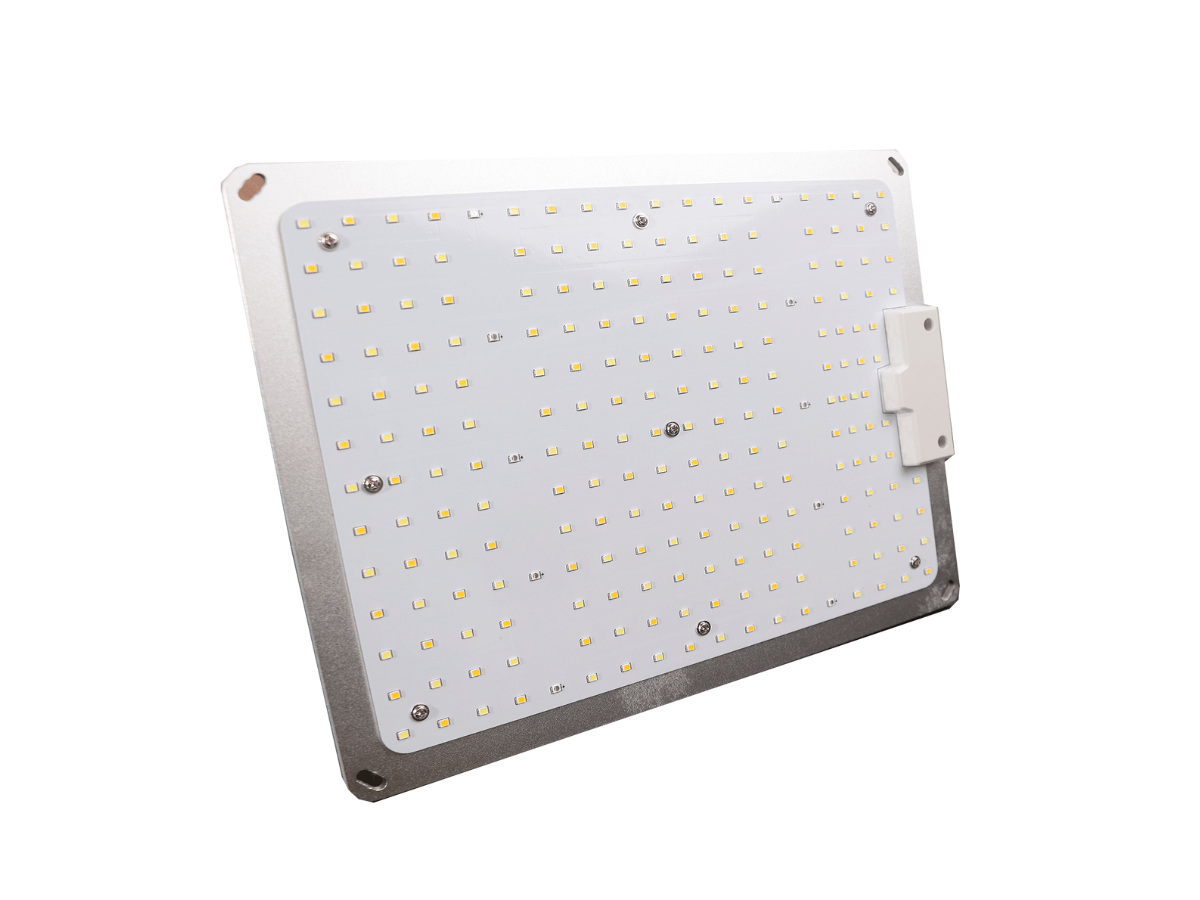
Key Features of LED Grow Lights
There are many key features that make LED grow lights an attractive choice for indoor gardeners. Here are some of the most important ones:

Energy Efficiency
LED grow lights are extremely efficient at converting energy into light, with some models running on as little as 10% of the power used by HPS lamps. This high efficiency results in significant savings in the electricity bill and helps to reduce the carbon footprint.
Longer Lifespan
Unlike HPS lamps, which generally need to be replaced every year, LED growth lights can last up to 50,000 hours. This means that they don’t need to be replaced nearly as often, which saves money and time in the long run.
Lower Heat Output
LED grow lights produce far less heat than HPS lamps, which makes them ideal for indoor gardening applications. This lower operating temperature helps to keep plants from getting too hot and wilting, as well as making it easier to maintain ideal growth conditions inside the grow room.
Wavelength Output
LED grow lights are available in a wide range of wavelength outputs, allowing gardeners to tailor the light spectrum to specific plants and growth stages. This feature is extremely useful for getting the best results from the indoor garden.
Easy Installation
Setting up LED grow lights is typically much easier than HPS lamps, as they don’t require any additional ballasts or cooling systems. They are also more compact and lightweight, which makes them easier to move around and position in the garden.
Overall, LED growth lights offer many key features that make them an excellent choice for anyone looking to create a successful indoor garden. With these features in mind, it’s easy to see why LED grow lights are becoming increasingly popular for home growers.
The Difference Between LED and Regular Grow Lights
When comparing LED and regular grow lights, there are several key differences that should be taken into consideration. Here are the main differences between LED and regular grow lights:
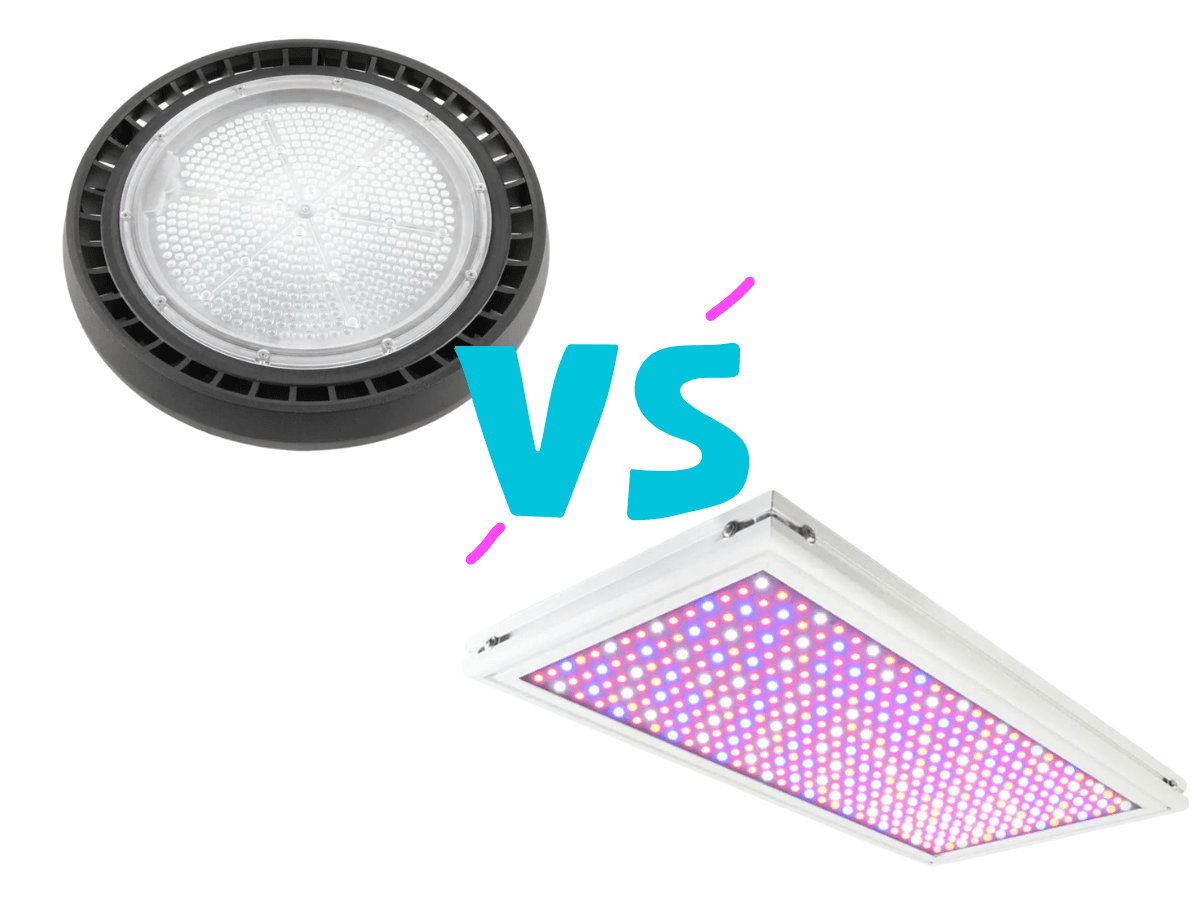
Spectrum
Regular grow lights emit a single-band spectrum, while LED grows lights have more advanced multi-band spectrums. This means that an LED light can provide plants with better access to all the wavelengths they need for healthy growth.
Heat output
Regular grow lights produce a large amount of heat, while LEDs generate barely any heat at all. This makes them an ideal choice for growers who don’t want to deal with the added stress of managing a hot grow room.
Cost
LED grow lights are much more expensive than regular grow lights. This is because LEDs are much more efficient in terms of cost and energy use, so growers can save money in the long run.
Life Span
LED lights have a longer life span than regular grow lights. This is because LEDs don’t contain any moving parts and use less energy, meaning that they require less maintenance. Regular grow lights, on the other hand, will eventually burn out after a certain amount of time because of their internal components.
These are the major differences between LED and regular grow lights. Understanding these differences can help growers decide which type of light is best for their needs.
4 LED Grow Lights Industry Application
There are a variety of industrial applications for LED grow lights. Here are a few of them:
#1 Agriculture
LED grows lights are used in a wide range of applications in the field of agriculture, from small-scale home gardeners to large commercial farms. LEDs provide efficient and cost-effective lighting for growing plants, increasing crop yields and providing uniform growth quality.
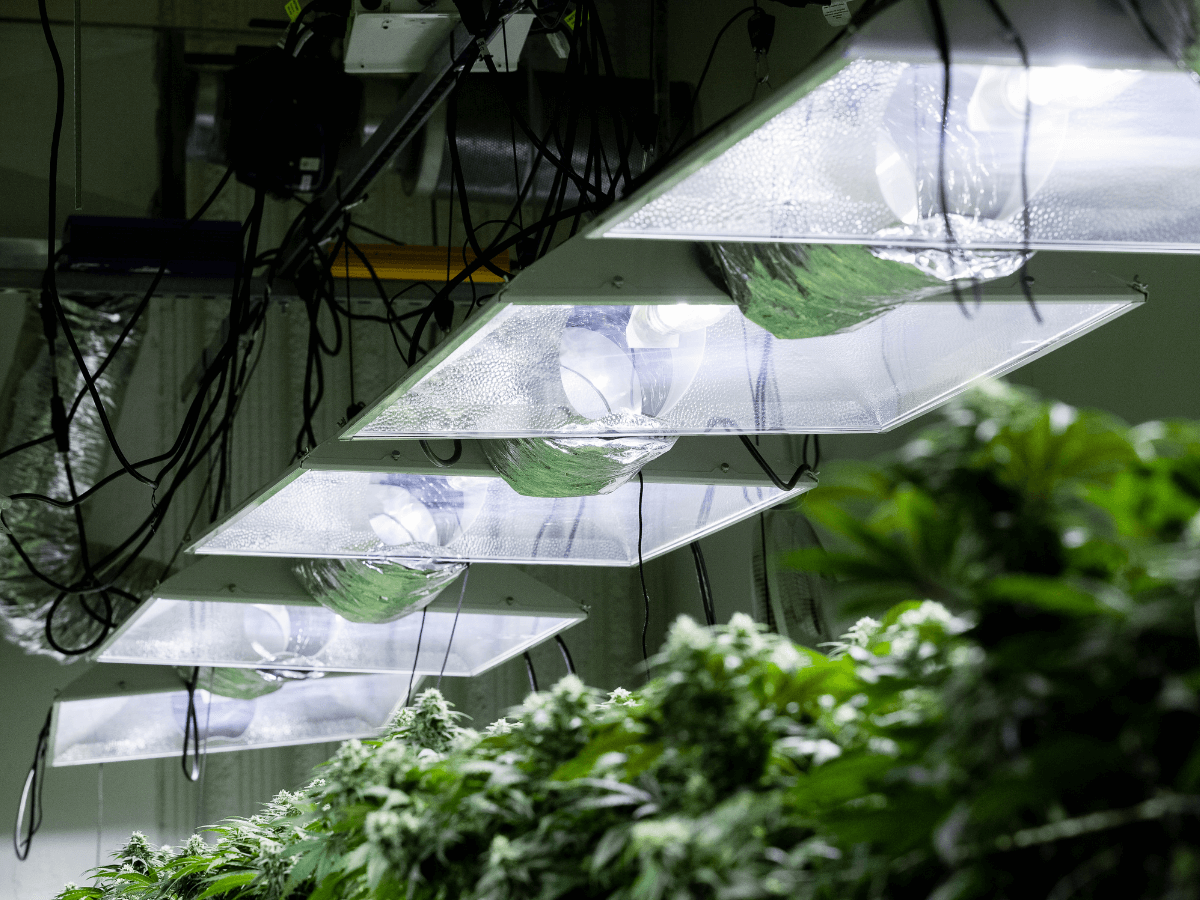
#2 Horticulture
LEDs are widely used in horticulture, providing efficient lighting for indoor greenhouses. The light from LEDs helps to keep plants healthy and provide better overall yields.
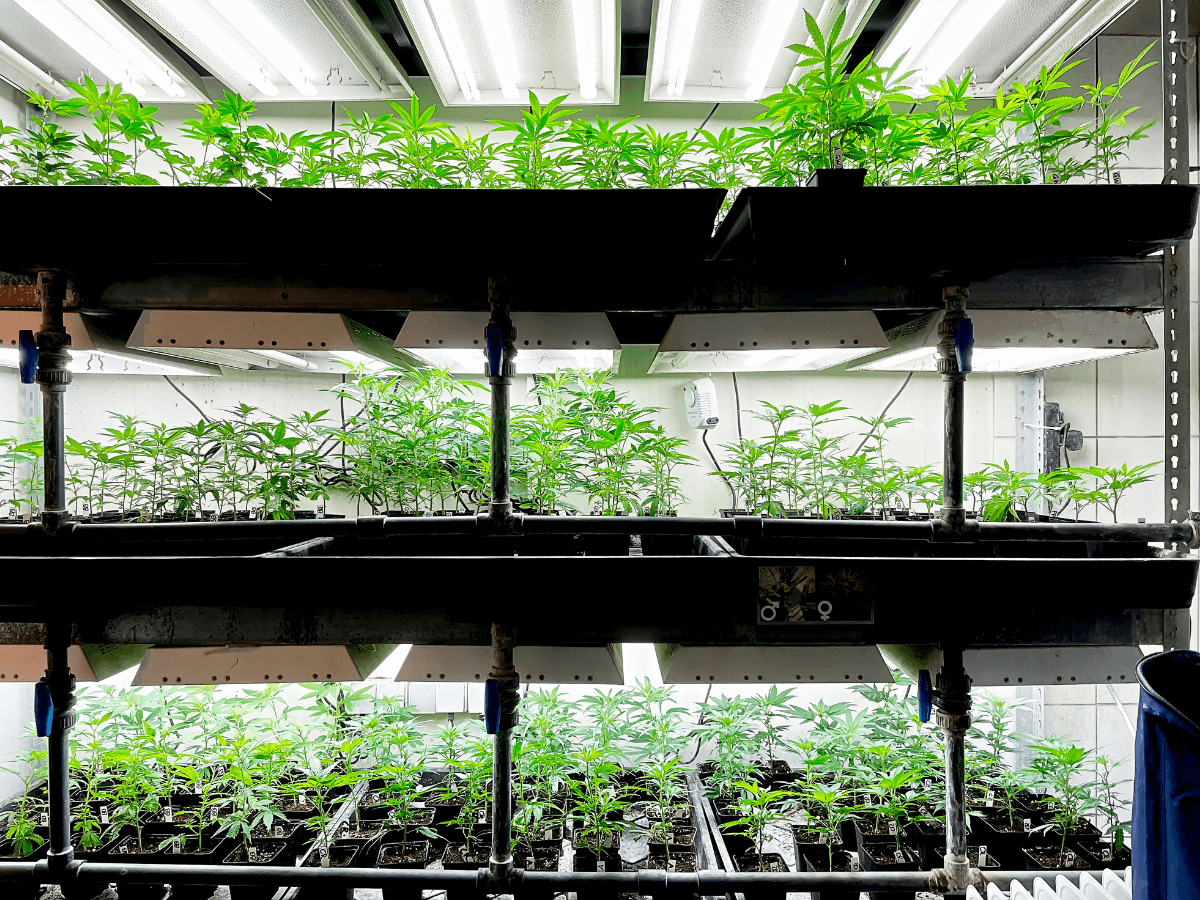
#3 Aquaculture
Aquaculture is the process of cultivating aquatic organisms for food or commerce, and LED grows lights are an effective way to increase growth rates in fish farms. LEDs can also be used to help regulate the breeding cycle of fish, as well as provide them with the necessary nutrients.
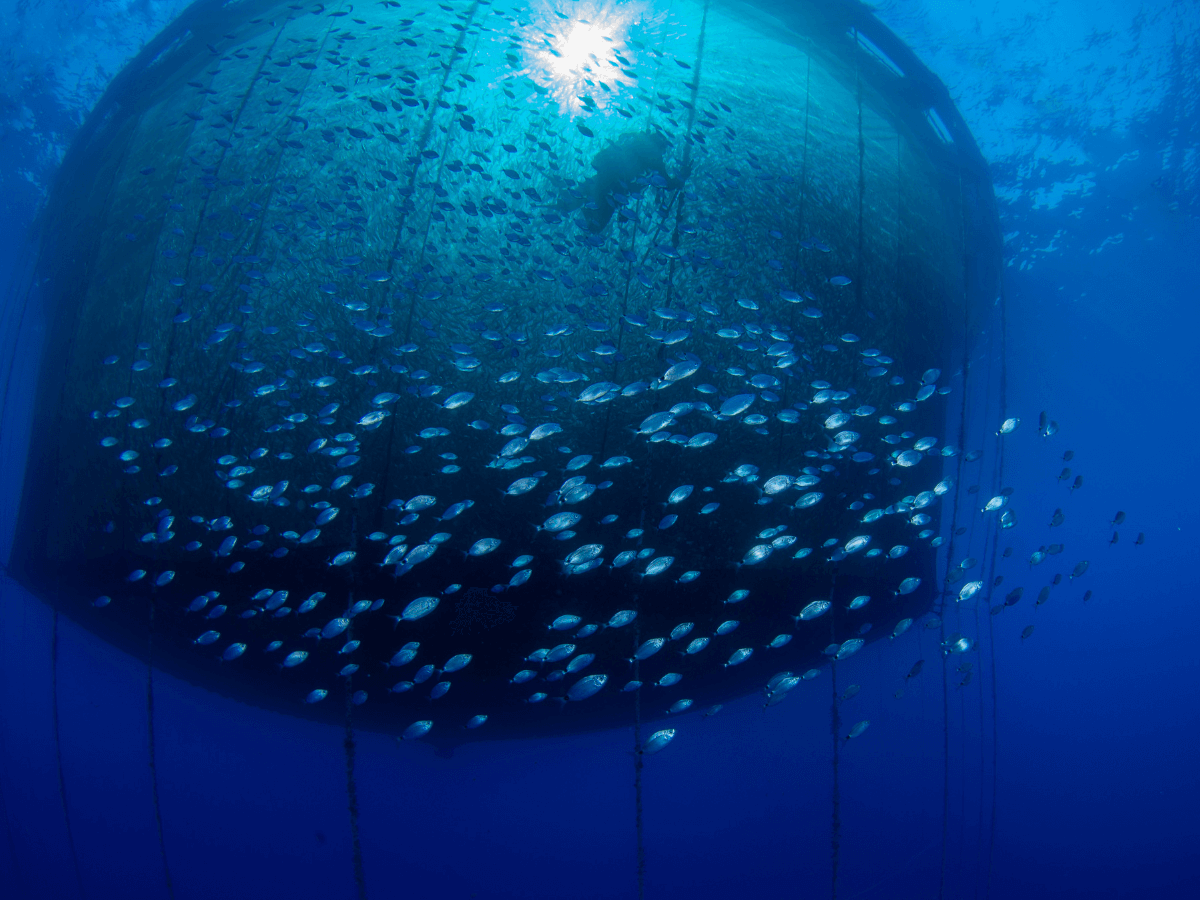
#4 Research
LED grow lights are also being used in research laboratories and universities to study the effects of light on plants. The ability to precisely control light spectrum, intensity, and duration can provide valuable insights into how various species react to different stimuli.

These are just some of the many industrial applications for LED grow lights. LEDs provide efficient and cost-effective lighting that can be tailored to fit the needs of any application.
Main Components of LED Grow Lights and Their Function
There are 5 main components of LED grow lights that are essential to their proper functioning of them. Here is a breakdown of what each component does and how it contributes to the overall functioning of LED grow lights.
The Heat Sink
This is an essential part of LED grow lights as it dissipates heat generated by the LEDs, thus preventing overheating and ensuring efficiency in light output. It is typically constructed from aluminum or copper to maximize heat management.
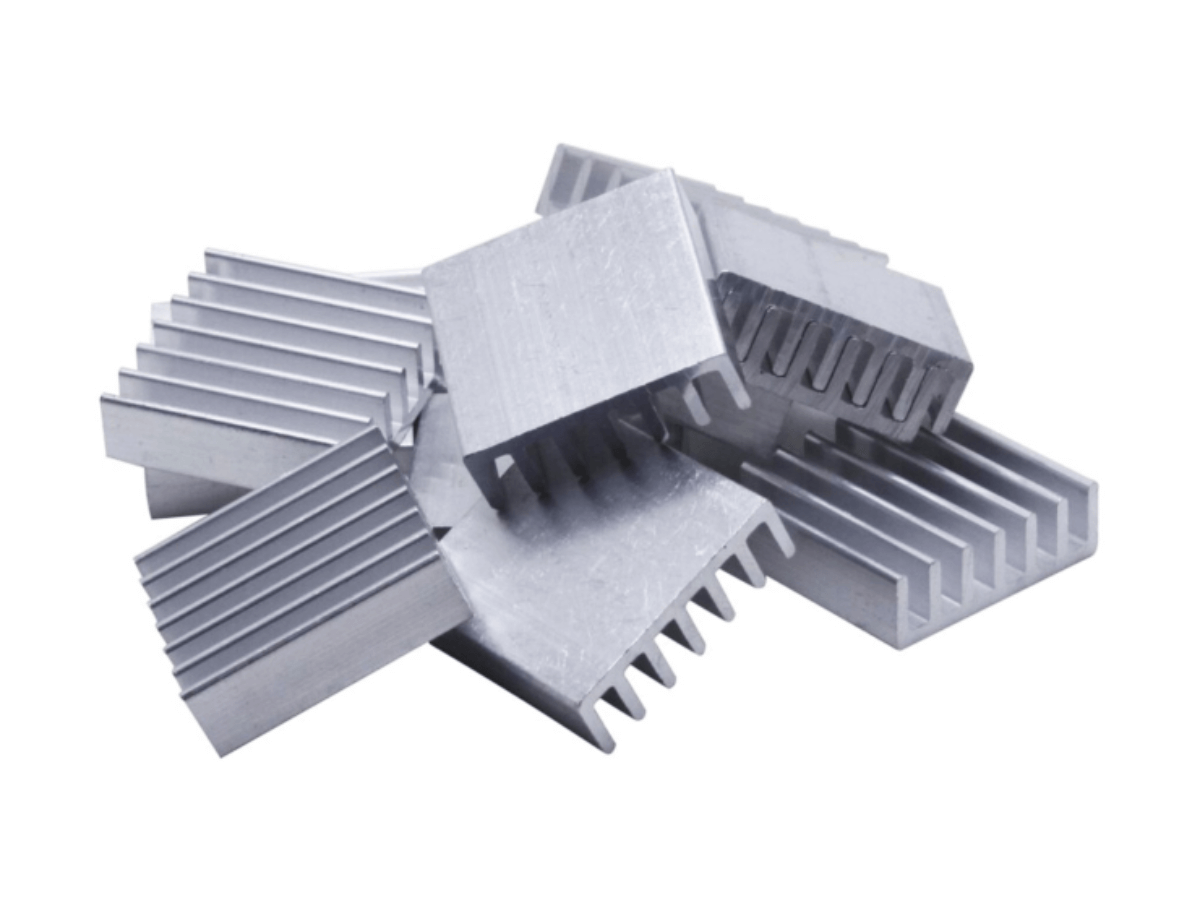
LED Driver
This component of LED grows lights converts low-voltage power from an outlet into the high voltage required by LEDs, ensuring a consistent flow of electricity to the LEDs. It also provides continuous and constant light intensity, color temperature, and spectrum stability over time, helping ensure the maximum possible yields from your plants.
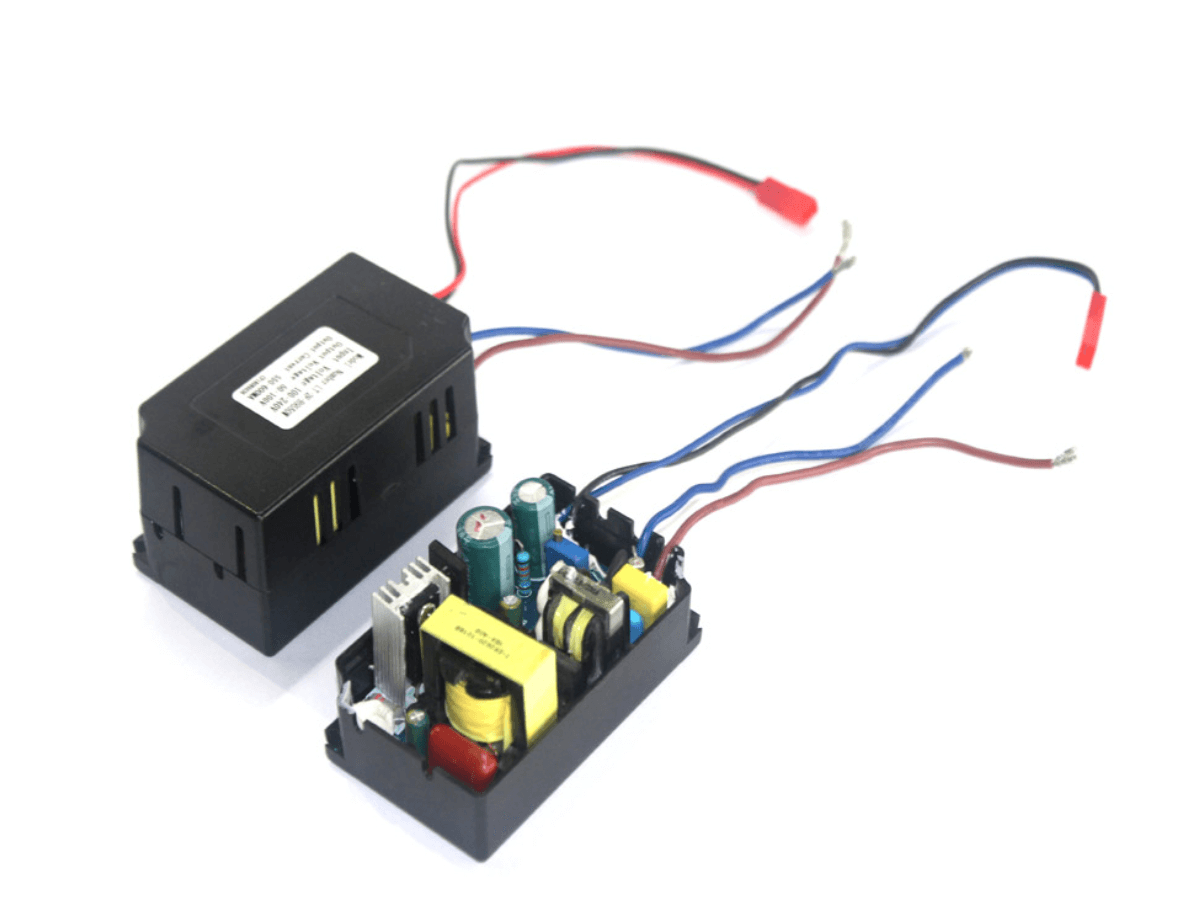
LEDs
Of course, LEDs are an essential part of LED grow lights and provide a spectrum of light that is tailored to plant growth. The spectrum of light produced by LEDs will vary depending on the type of LED used, but all generate very little heat while providing intense light energy.
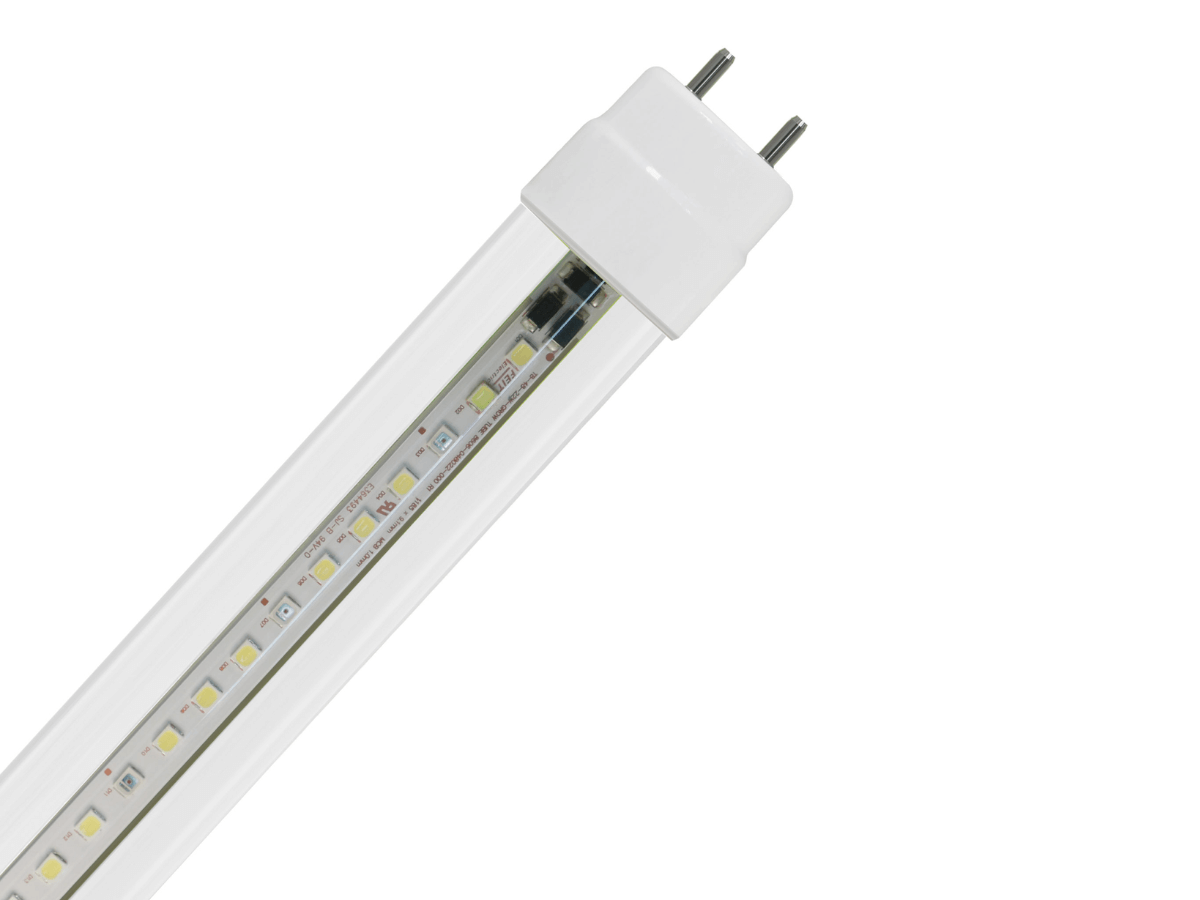
Reflector or Lens
This component helps direct light and maximize the efficiency of light output. The reflector is usually made from metal, while a lens helps focus the beam more accurately.
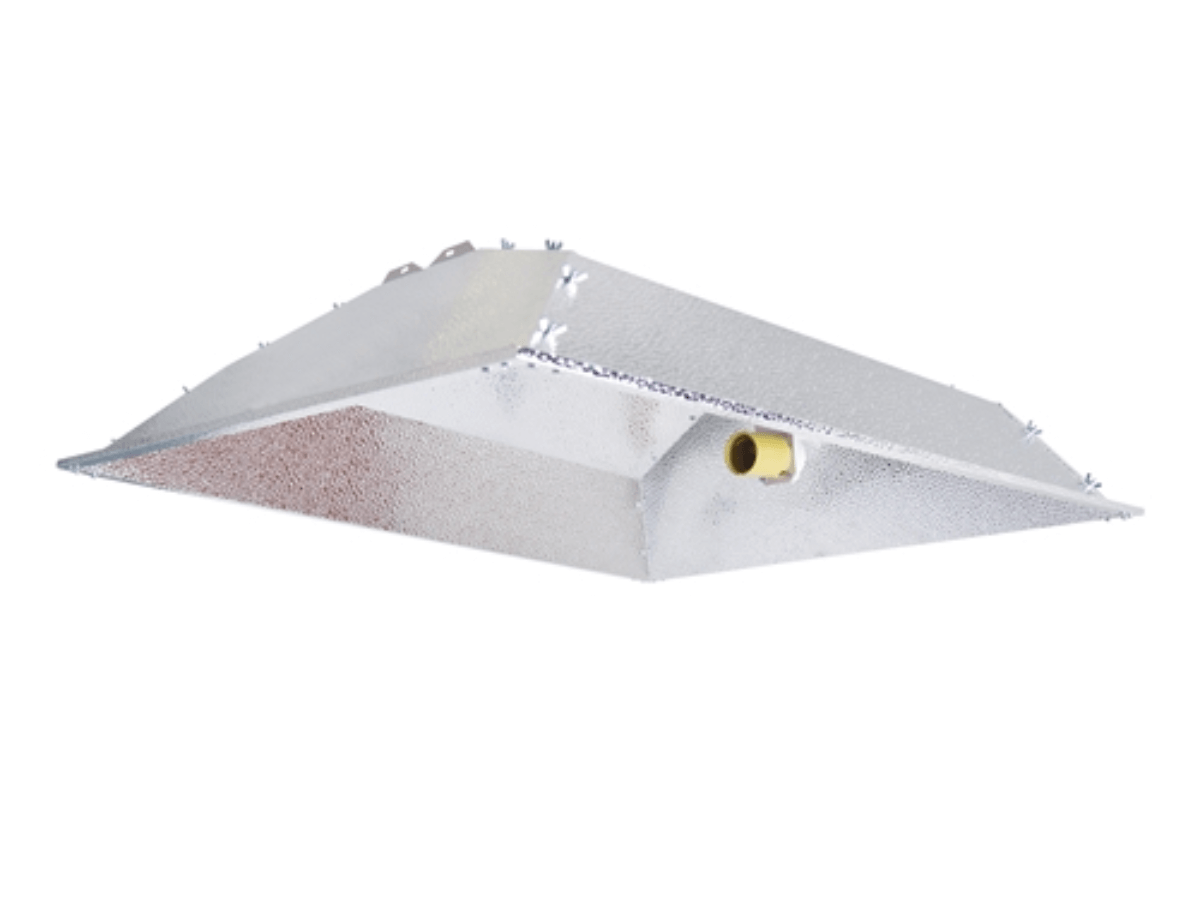
Cables & Wiring
This component connects the different parts of LED grow lights together and allows for power to be supplied to them. Quality cabling and wiring help prevent potential electric faults and ensure your LED grow lights are working properly.
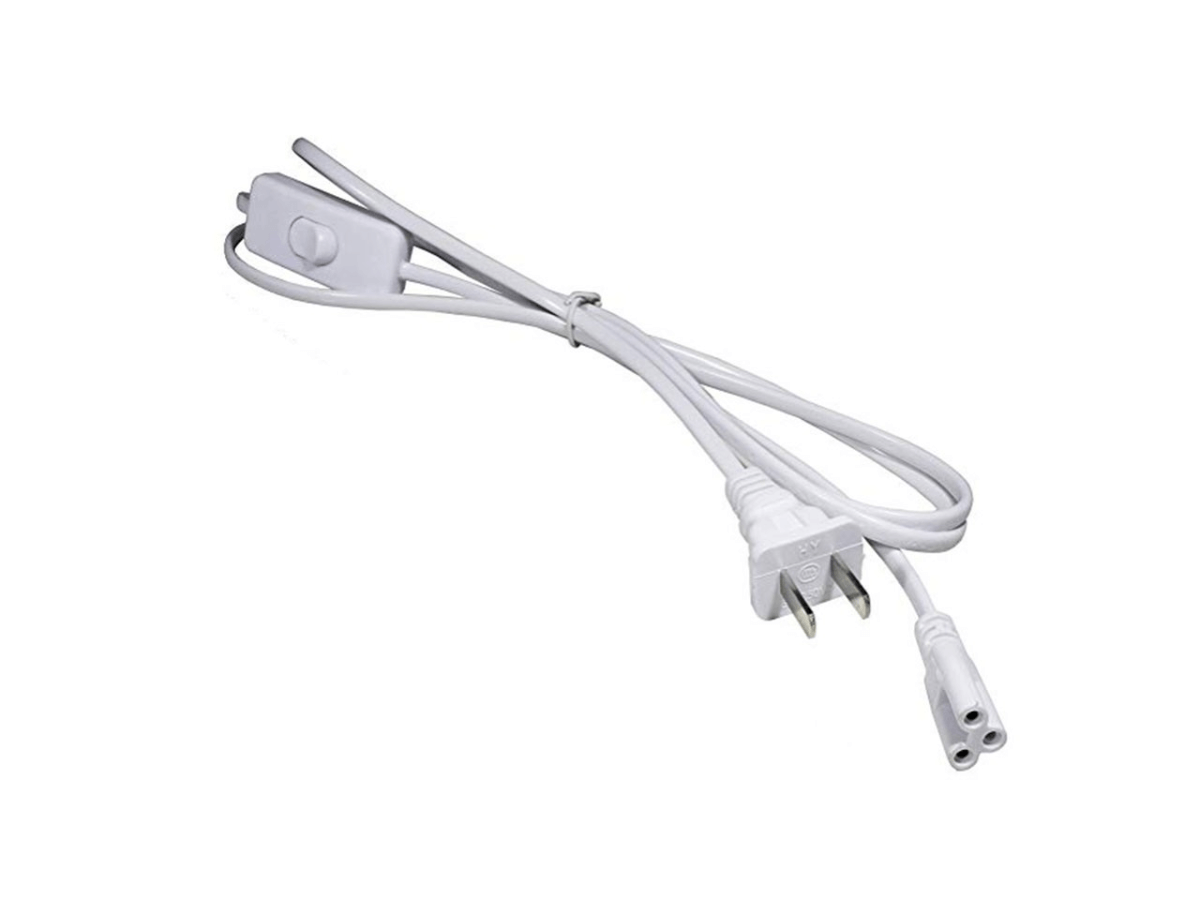
By understanding the main components of LED grow lights and their function, growers can better understand how these devices work and ensure optimal performance from their plants. With the right setup, LED grow lights can provide huge yields for indoor gardeners in a fraction of the time required by traditional lighting methods.
9 Steps on How To Import From a Manufacturer
In order to successfully import LED grow lights from a manufacturer, there are several steps one must take. These steps include:
| Step#1 | Know Your Needs |
| Step#2 | Research Potential Manufacturers |
| Step#3 | Request Quotes |
| Step#4 | Negotiate |
| Step#5 | Finaliza |
| Step#6 | Place an Order |
| Step#7 | Make Payments |
| Step#8 | Track Your Shipment |
| Step#9 | Final Inspection |
Step#1 Know Your Needs
Before you even begin the process of importing from a manufacturer, it’s important to know your needs and define them precisely. Think about things like co-branding opportunities, budget requirements, desired quality levels, and other technical specifications. This will help you narrow down your list of potential manufacturers.
Step#2 Research Potential Manufacturers
Once your needs are defined, you can begin researching potential manufacturers. Look for companies that specialize in LED grow lights and have the capability to produce what you need. Make sure to check reviews and compare product offerings to ensure you’re selecting a reputable manufacturer with a good track record.
A great manufacturer to consider is Vorlane. Our lighting laboratory conducts hundreds of tests to offer the right light where it matters most. We are a self-own factory that is ISO9001:2000 certified and has been providing high-quality LED grow lights to growers around the world since 2014. Contact us today for more information.
Step#3 Request Quotes
Once you have identified several potential manufacturers, it’s time to request quotes. Provide the manufacturer with detailed information about your product specifications and desired quantities.
Step#4 Negotiate
The next step is to negotiate terms with the selected manufacturer. This may include pricing, payment terms, quality control, shipping, and delivery schedules, and other elements of the agreement.
Step#5 Finalize
Once you’ve reached an agreement with the manufacturer, you can finalize the contract. Make sure to review all the details carefully before signing off on it.
Step#6 Place an Order
Once the contract is finalized, you can place an order with the manufacturer. This should include all the details about the product or products you’re ordering, as well as any specific instructions for quality control and delivery.
Step#7 Make Payments
Once the order is placed, you’ll need to make payments in accordance with the terms of your contract. This may involve making a deposit or full payment upfront, depending on the arrangements you’ve made.
Step#8 Track Your Shipment
The next step is to track your shipment from the manufacturer. This will help ensure that everything arrives on time and in good condition.
Step#9 Final Inspection
Once your shipment has arrived, it’s important to perform a final inspection to make sure that all of the products meet quality requirements. If any items are damaged or not up to standard, contact the manufacturer immediately.
These are the basic steps involved in importing LED grow lights from a manufacturer. By following this process and conducting due diligence, you can ensure that your products are of the highest quality and delivered on time.
The Average Cost of LED Grow Lights
The average cost of LED grow lights can vary depending on the manufacturer, wattage, and coverage area. Generally speaking, LED grow lights can range from as low as $80 to upwards of $400 or more.
When choosing LED grow lights it is important to find the right balance between price and quality. It is important to research the different options available and what will best suit your growing needs.
If you’re looking for a reputable manufacturer with competitive prices, Vorlane is a great choice. We have full control of the entire production process and carefully source our raw materials to ensure we deliver only the highest quality LED grow lights. Contact us today to learn more.
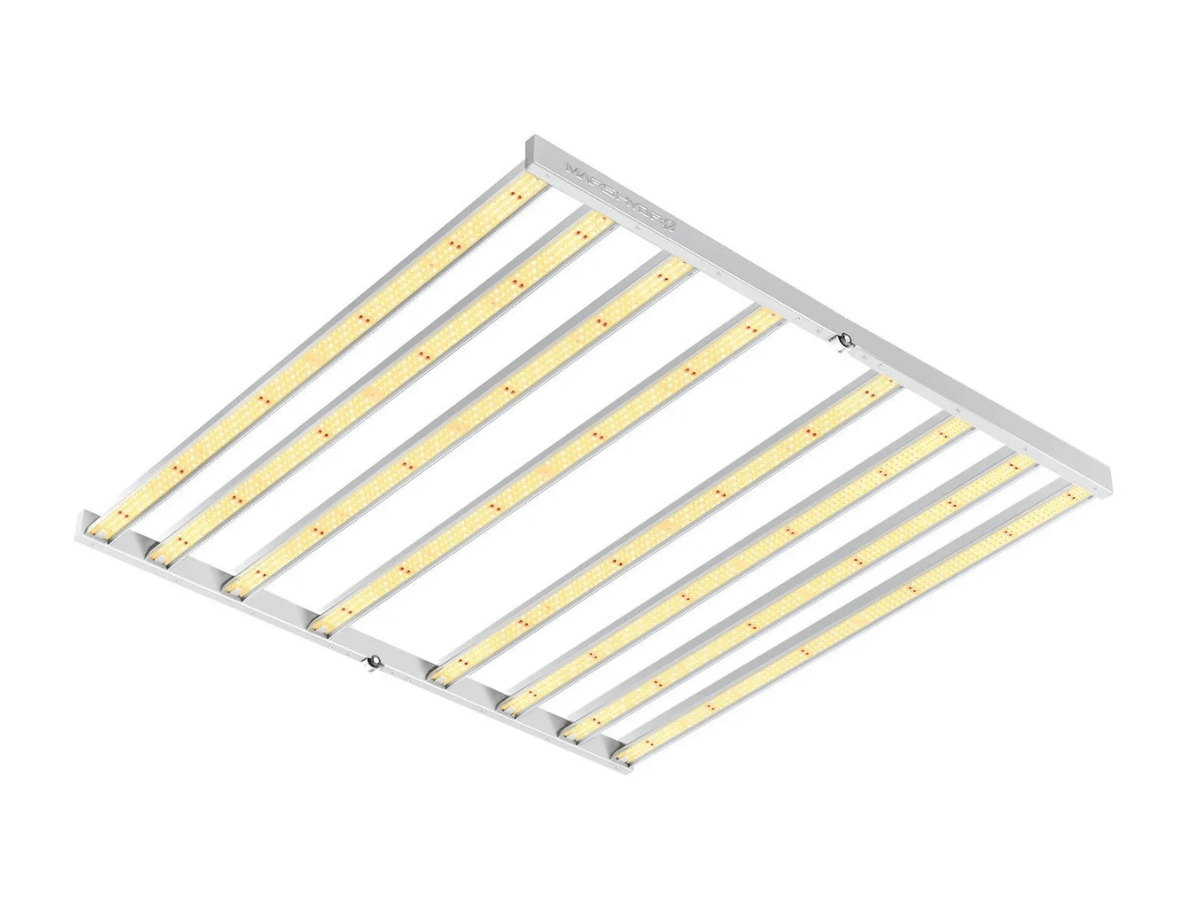
4 Buying Tips About LED Grow Lights
LED grow lights are a popular choice for growing plants indoors due to their efficiency and low energy consumption. However, there are some important things to keep in mind when purchasing LED grow lights. Here are a few tips to consider:
#1 PAR
PAR stands for photosynthetically active radiation, and it is the amount of light that a plant can use to grow. When selecting an LED grow light, check the PAR rating to make sure it will provide enough light intensity for the plants.
#2 Spectrum
LED grow lights emit light in specific parts of the light spectrum that are optimal for plant growth. Be sure to select one with a full-spectrum spread and adjustable features so it can tailor to the plants’ needs.
#3 Wattage
LED grow lights are typically measured in watts, which determines how much energy is used when lighting. Check the wattage to ensure that the LED grow light that is being purchased is powerful enough to accurately light the grow area.
#4 Cost
LED grow lights can be quite expensive, so it is important to consider the cost before making a purchase. Compare various products and determine which one offers the best value for money. This will help to ensure that the best LED grow light is purchased for the budget.
These tips should be taken into consideration when buying LED grow lights to ensure the best product is purchased for the intended purpose. Taking the time to do research and compare products can help save money in the long run and provide a great investment for indoor gardeners.
If you want to learn more about LED grow lights, here is a quick guide for beginners.
Challenges and Solutions in LED Grow Light Implementation
Finding the Right Light
Figuring out the perfect light spectrum for your plants feels like a puzzle. The trick? Adjustable LED grow lights. They let you tweak settings until you find the sweet spot, making sure your greens get exactly what they need at different growth stages.
Upfront Costs
Yes, LED grow lights ask for more cash upfront. But think of it as an investment. Over time, they’re kinder to your wallet thanks to lower energy bills and fewer bulb changes. Some digging might even unearth grants for eco-friendly farming.
Setup Smarts
Setting up these high-tech lights can seem daunting. The solution? Lean on detailed guides or get an expert for the initial setup. It’s like having a tech-savvy friend helping you out, ensuring everything’s just right from the start.
Heat Hurdles
LEDs are cooler, but they’re not ice-cold. Large setups still need a game plan for heat. Good airflow and strategic light placement can keep things chill, ensuring your plants don’t break a sweat.
Retrofitting Riddles
Sliding LEDs into your old setup might not be plug-and-play. Modular designs to the rescue! They’re like LEGO for farmers, snapping into place with minimal fuss, making the switch smoother.
Tech Pace Race
LED tech moves fast, making yesterday’s models look old-school. Choose lights that grow with you, ones that can update or expand as new advancements hit the market. It’s like future-proofing your farm.
Conclusion
So there you have it! The definitive guide to LED grow lights wholesale. We hope that this article has helped clear up any questions or concerns you may have had about LED grow lights and their many benefits for both indoor and outdoor gardening.
If you’re still not sure which type of light would be best for your needs, or if you need help selecting the right fixtures or bulbs, don’t hesitate to contact us at Vorlane. We offer a wide array of LED products including LED bulbs, LED panel lights, strip lights, stage lights, office lights etc. We’re always happy to help.

